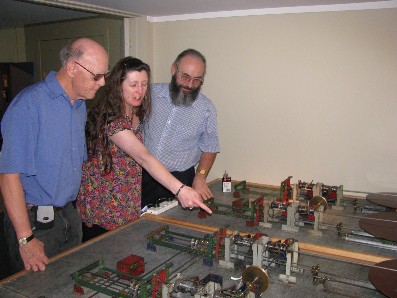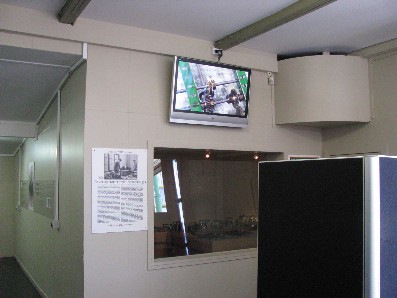Auckland Meccano Guild
Differential Analyser
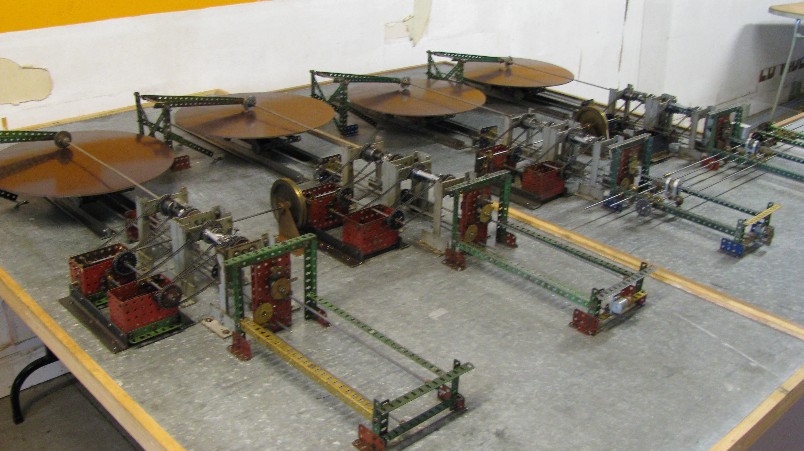
The Cambridge Meccano Differential Analyser
at
Museum of Transportation and Technology (MOTAT)
The Differential Analyser is a special type of Mechanical Analogue Computer capable of solving differential equations by integration. It consists of several wheel and disc Integrators connected together by suitable shafting to suit the problem to be solved. The answers are produced graphically as output to a plotting table.
Many full scale Differential Analysers were built in USA, UK and Europe between 1934 and the early 1950s, until they were eventually replaced by faster digital computers. The first Differential Analyser was built in the United States in 1930 by Dr. Vanevar Bush at the Massachusetts Institute of Technology.
In 1934 Douglas Hartree and Arthur Porter built a Differential Analyser mainly out of Meccano parts at Manchester University. The unique aspect of the Meccano Differential Analyser was that it was accurate enough for the solution of many scientific problems, and much cheaper to build. The Manchester machine proved to be so successful that a second Meccano Differential Analyser was constructed at the Cambridge University Mathematical Laboratories by J B Bratt under the direction of Prof. Lennox-Jones in 1935. This machine is generally known as the Meccano Differential Analyser no. 2, now at MOTAT, and was brought to New Zealand in 1950 by Dr. Harry Whale for use in his research at Seagrove Radio Research Station. It was donated to MOTAT by DSIR in 1973 and was last displayed at MOTAT in the seventies and early eighties. This machine was the first analogue computer to be used in New Zealand and as such has great historical value.
The current Differential Analyser restoration exercise was initiated during 2003 following various discussions held between MOTAT, Auckland University, and the Auckland Meccano Guild. William Irwin and John Denton (AMG members) undertook to carry out the restoration work at MOTAT. Four integrators and a plotting table have so far been restored for static display. Recently, with the help of Gary Higgins, two integrators and the plotting table were made operational for demonstration purposes using 2 of the original electric motors.
A brief explanation of how a differential analyser works can be found in an article on site by William Irwin


One of the adding units , three of which were with the machine when restoration began. They allow for a larger combination of axle speed options from one or two sources and can be fixed as and where needed.
The picture to the right gives a close up view of the secondary step of one of the torque amplifiers which increase the output torque from the single small roating wheel on the integer disk to the point where it can drive the gear train with ease.

The machine when given a full run through on 16-12 2008 demonstrated a nice bell curve as part of the expected sine wave pattern from the set up of the gearing. We did find when running such a machine that periodic stops are neccessary to tighten various grubscrews etc which loosen up with motion. This concept will be familiar to many Meccano modellers who have found loose nuts and bolts in the bottom of a vehicle after transporting a model some distance.
It is also neccessary to carefully watch the torque amplifiers and apply a small quantity of graphite to ensure that friction does not heat up and slow down the drums.
The machine runs freely with almost none of the squeaking we experienced on the first runs and as we have judiciously oiled and hunted down the noises it its now probably as close to running as it was originally, however with only two of the 5 integrators in operation, at this stage anyway.
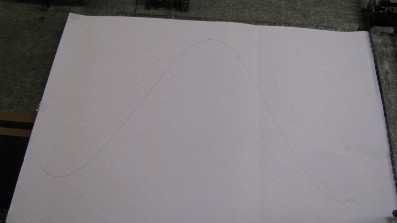
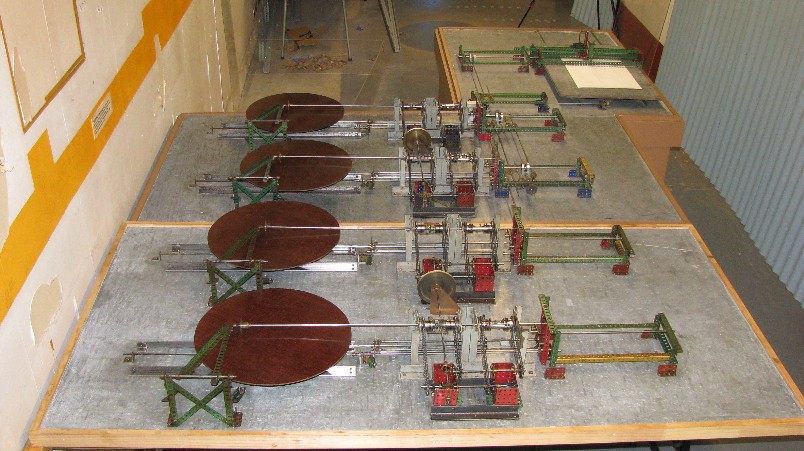
Two video clips of the machine in operation can be seen on u-tube by following the links below
http://www.youtube.com/watch?v=niiCtEFJGYQ
http://www.youtube.com/watch?v=8aPZ2sSBXRA
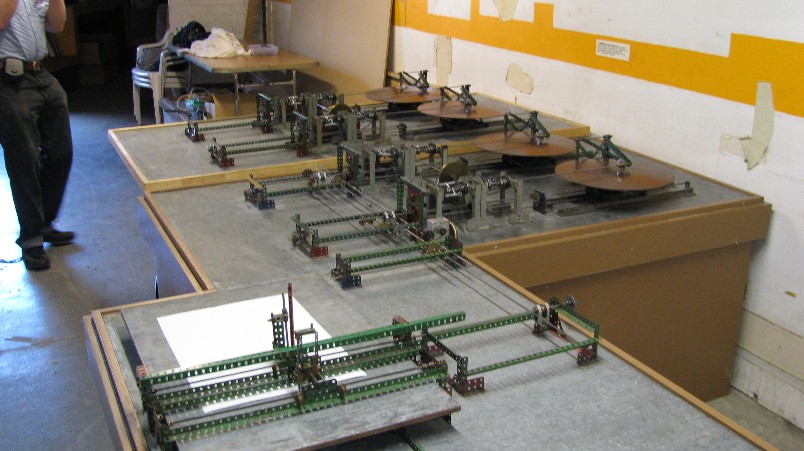
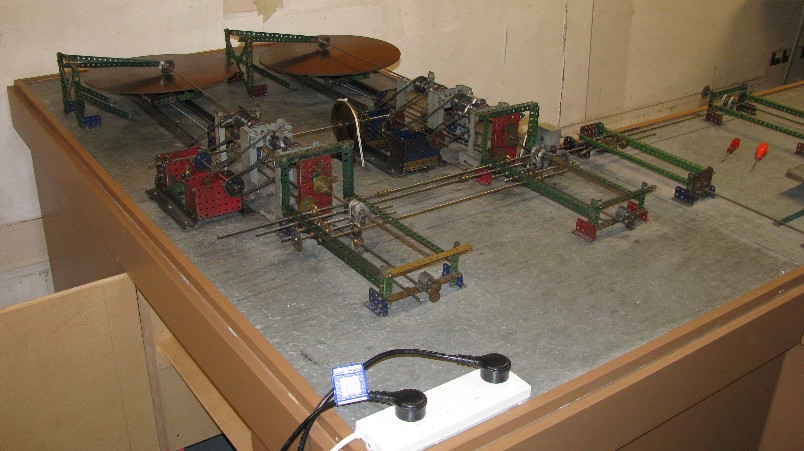
Work on the Differential analyser has now progressed to the point where it runs very well. Trial and error have taught us that in lieu of the original leather drive belts, a flat heavy material belt drives the machine well.
We have recently set up the machine to carry out a circle test and have been pleased with the results.
The DA has also been moved to a new permanent, we hope, position located in the area where the display of fire engines and a police exhibit are maintained. It is in its own room where the public can see but not touch it with a video showing the machine in operation.
In April Tim Robinson and his wife Lisa visited us from California en route to the Meccano convention in Christchurch and he was able to see the machine in operation. Tim has also agreed to take part in a video discussion with William Irwin on the machine and we hope to have that running live at Motat in the near future.
Below are some further pictures of the DA in operation and of Tim and Lisa visiting.
